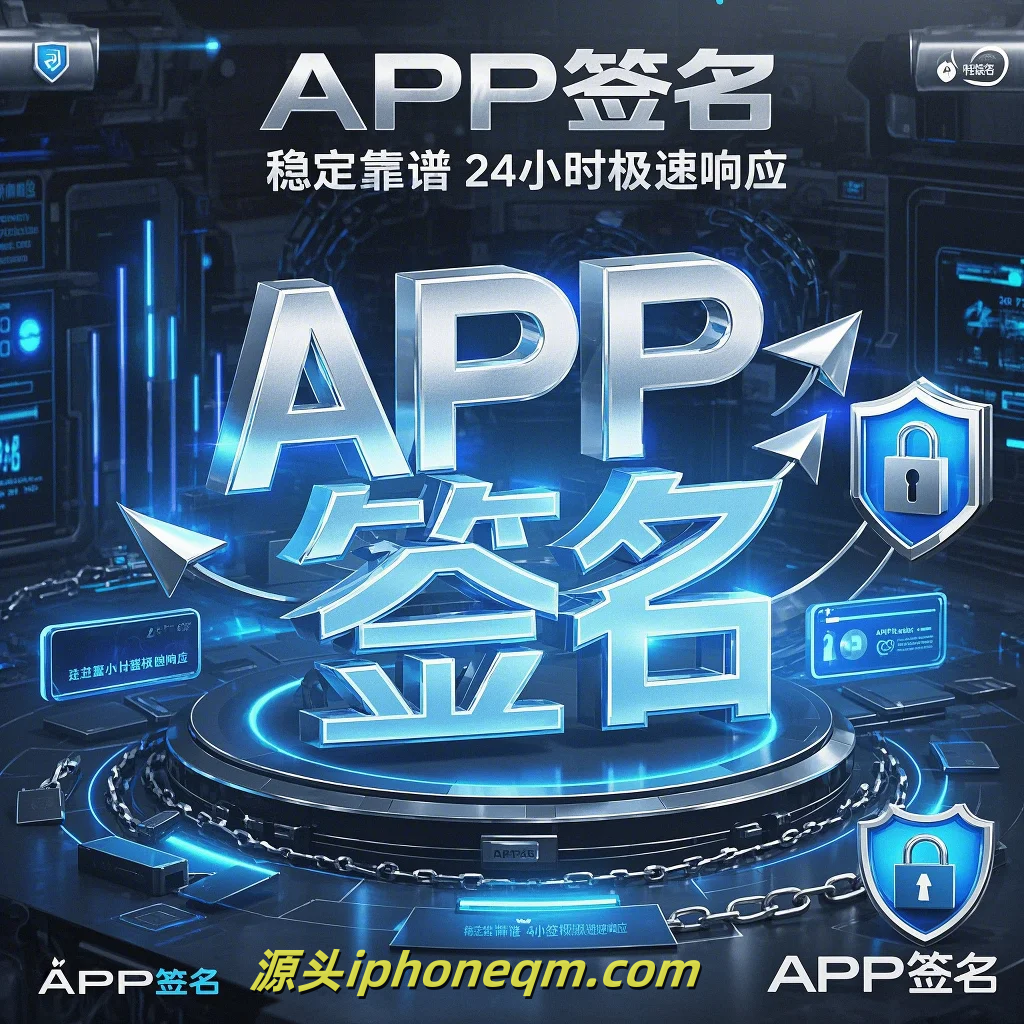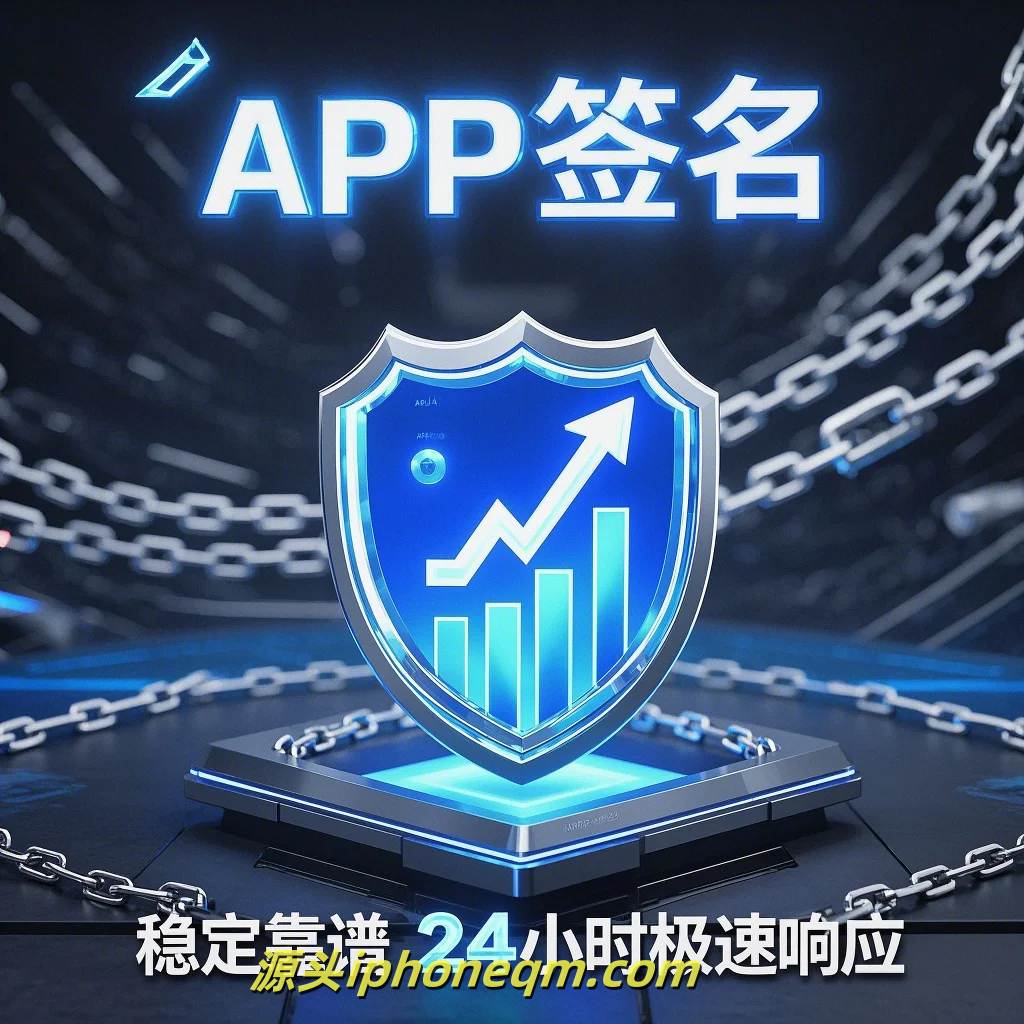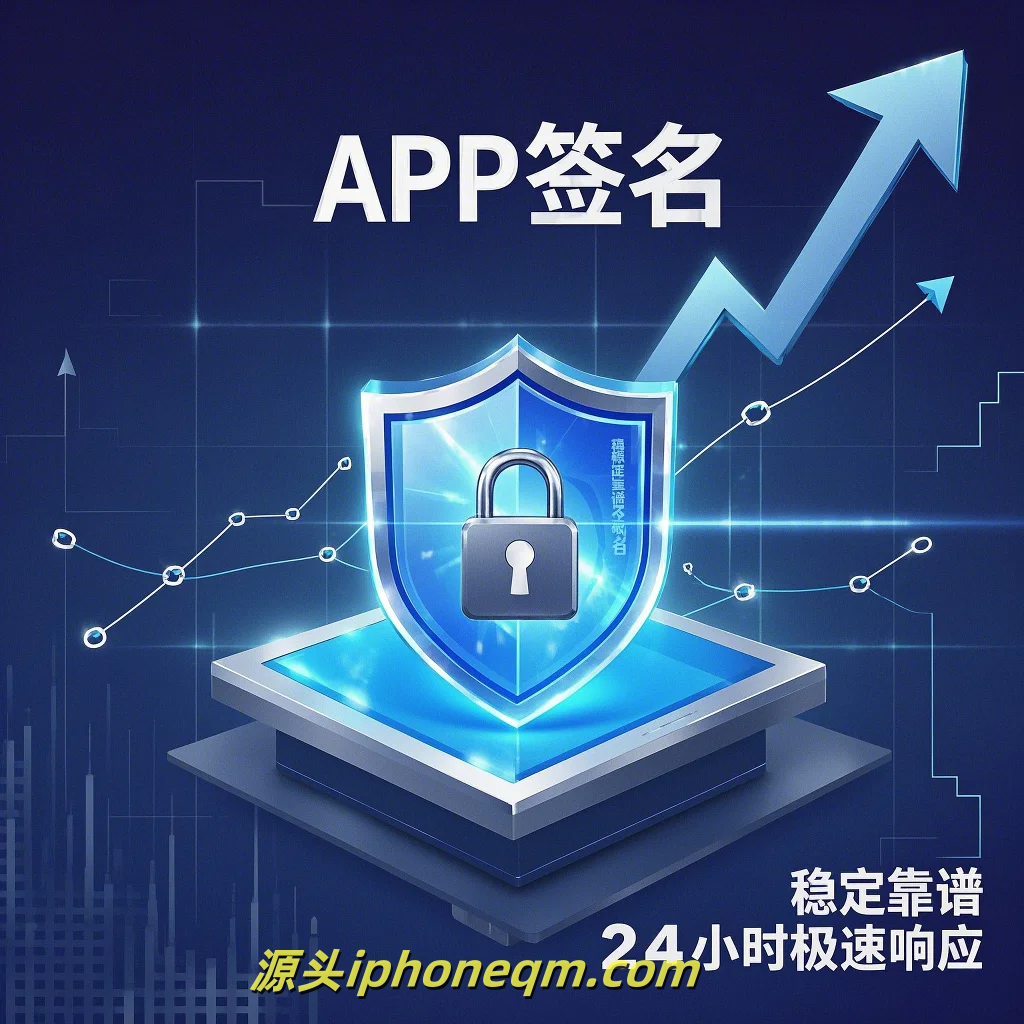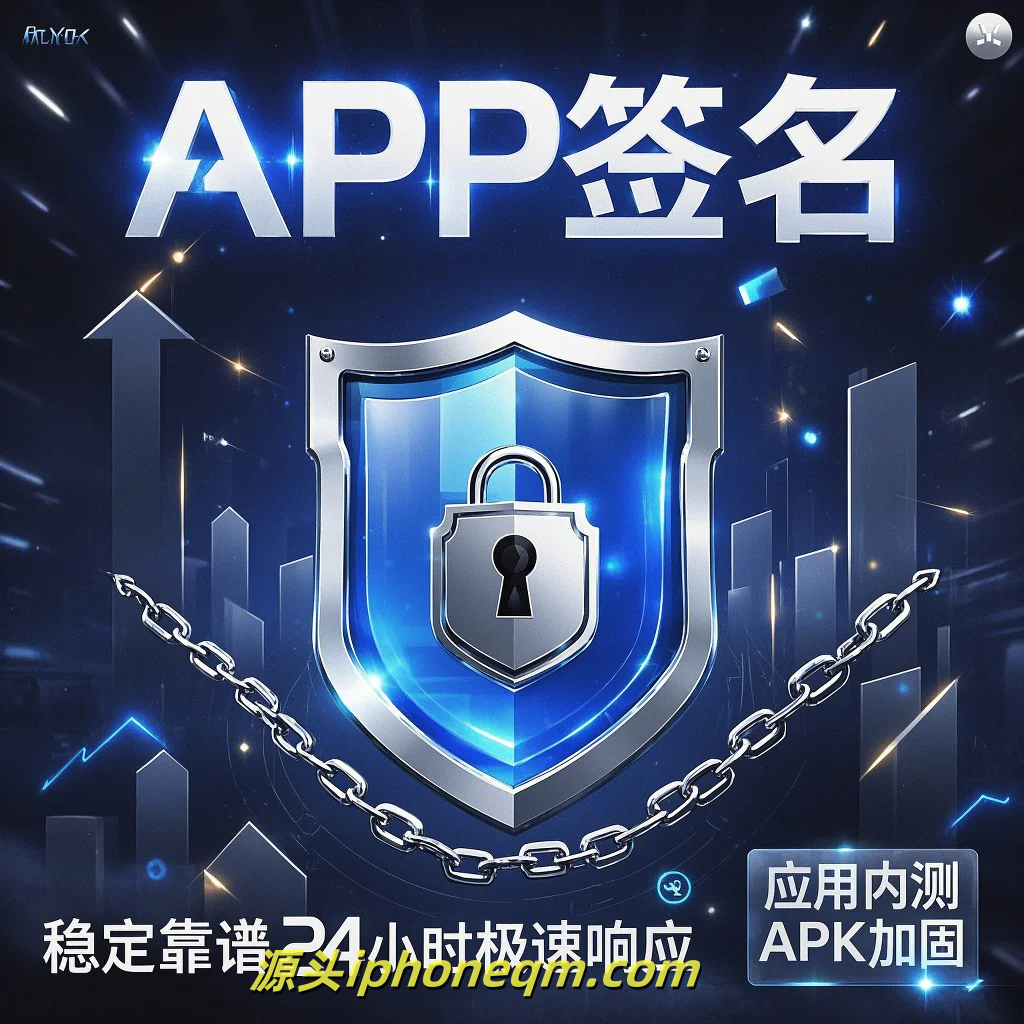Securing apps through iOS signing is a critical process for developers who want to ensure their applications remain safe and functional in the densely populated ecosystem of the Apple App Store. Effective app signing not only protects your intellectual property but also enforces integrity and user trust. In this article, we will explore how to successfully secure apps with iOS signing, emphasizing best practices and key considerations.
First and foremost, understanding the importance of a digital signature is crucial. When you submit your iOS app to the App Store, Apple requires it to be digitally signed to ensure that it hasn’t been tampered with. This digital signature verifies the identity of the developer and guarantees that the app has not been altered or maliciously modified since its original signing. Consequently, signing is an essential layer of security that protects both developers and users.
One of the foundational elements of iOS signing is the Apple Developer Program. Enrolling in this program grants you access to necessary tools, resources, and the ability to create and manage certificates. As a developer, you will need to generate certificates through Xcode or the Apple Developer website. There are different types of certificates you might require, including development, distribution, and push notification certificates. Each type serves specific purposes in the app development and deployment process, so it is crucial to understand which ones you need for your project.
After obtaining the appropriate certificates, the next step involves creating provisioning profiles. Provisioning profiles link your app's bundle ID with your signing certificate and the devices on which you intend to run the app. This binding process is crucial; without a valid provisioning profile, the app will not run on physical devices or pass the App Store’s submission process. It is advisable to ensure that your provisioning profiles are up-to-date and correctly configured.
Testing your app before submission is another significant aspect of ensuring that the signing process is successful. Before releasing your app to the public, it's essential to thoroughly test it on various devices and iOS versions. By doing this, you can verify that the app functions as intended and that all elements are properly signed. Testing helps identify potential issues early in the process, saving time and resources in the long run.
Furthermore, maintaining strict control over your signing keys is vital for ongoing security. Developers should treat their certificates and private keys with the utmost care. Avoid sharing them or exposing them in public code repositories, as this can lead to unauthorized access and further security risks. Additionally, regularly renewing your certificates and provisioning profiles will help safeguard your app against vulnerabilities caused by expired credentials.
Additionally, consider implementing additional security measures within your app. This may include data encryption, secure API integrations, and following best coding practices to minimize vulnerabilities. By layering security beyond just signing, you create a more robust protection mechanism for your app.
In conclusion, successfully securing your iOS apps through effective signing involves understanding the significance of digital signatures, utilizing the Apple Developer Program, configuring provisioning profiles, thorough testing, and maintaining strict control over signing keys. By following these best practices, you will not only enhance the security of your applications but also build a lasting trust with your users. Remember, a secure app is a successful app, and prioritizing security from the ground up is essential in today's competitive app market.

扫描二维码推送至手机访问。
版权声明:本文由MDM苹果签名,IPA签名,苹果企业签名,苹果超级签,ios企业签名,iphoneqm.com发布,如需转载请注明出处。












